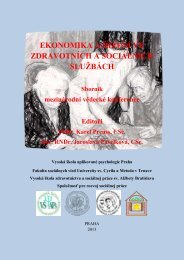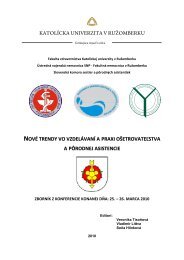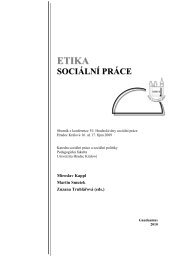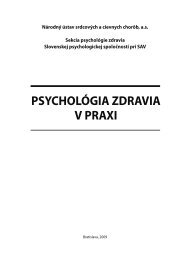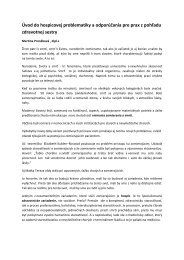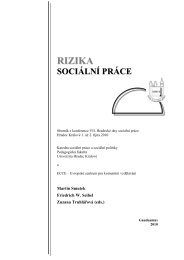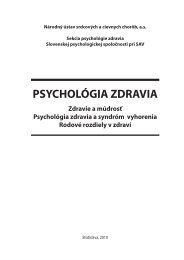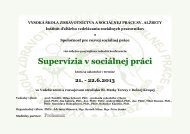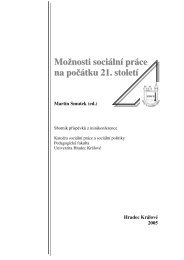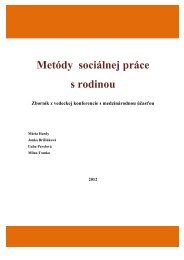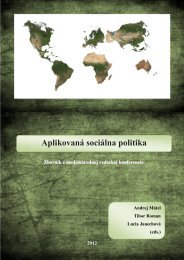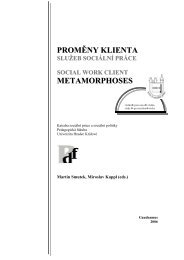Zmena klÃmy â možný dopad (nielen) na obyvateľstvo - Prohuman
Zmena klÃmy â možný dopad (nielen) na obyvateľstvo - Prohuman
Zmena klÃmy â možný dopad (nielen) na obyvateľstvo - Prohuman
Create successful ePaper yourself
Turn your PDF publications into a flip-book with our unique Google optimized e-Paper software.
As it can be seen from the Table 15 the greatest increase of potential evapotranspiration<br />
was designed by the regio<strong>na</strong>l models RCMs MPI and KNMI (IPCC<br />
SRES A1B emission sce<strong>na</strong>rio). These results are in accordance with up to present<br />
observations and calculations of drought evolution during the 20th century over<br />
the globe (Fig. 10). Central Europe belongs among the regions with increase of<br />
aridity according to Palmer index PDSI (IPCC, 2007). Sce<strong>na</strong>rios of regio<strong>na</strong>l air temperature<br />
changes have several degrees Celsius range by the end of the 21st century,<br />
model outputs using moderate A1B SRES emission sce<strong>na</strong>rio represent middle values<br />
within mentioned range (Fig. 11, IPCC, 2007).<br />
As greater is mean air temperature increase as higher probability is for the decrease<br />
of soil moisture due to the increase of potential evapotranspiration. Fig. 11<br />
indicates that such development is the most probable in the majority of continental<br />
regions over the globe. On the other side increase of air temperature at cyclonic<br />
synoptic situations results in up to 10% rise of precipitation per 1°C warming<br />
(Lapin et al., 2003).<br />
Figure 10. Geographical<br />
pattern of Palmer drought<br />
index (PDSI) change during<br />
the 20th century (1901–<br />
2000, red color represent<br />
drought risk increase, blue<br />
decrease, IPCC, 2007).<br />
Figure 11. Geographical<br />
pattern of mean annual<br />
surface atmosphere<br />
warming (in °C) according<br />
to set of General<br />
Circulation Models by the<br />
IPCC SRES A1B emission<br />
sce<strong>na</strong>rio in 2090–2099<br />
compared to 1980–1999<br />
(IPCC, 2007).<br />
98




